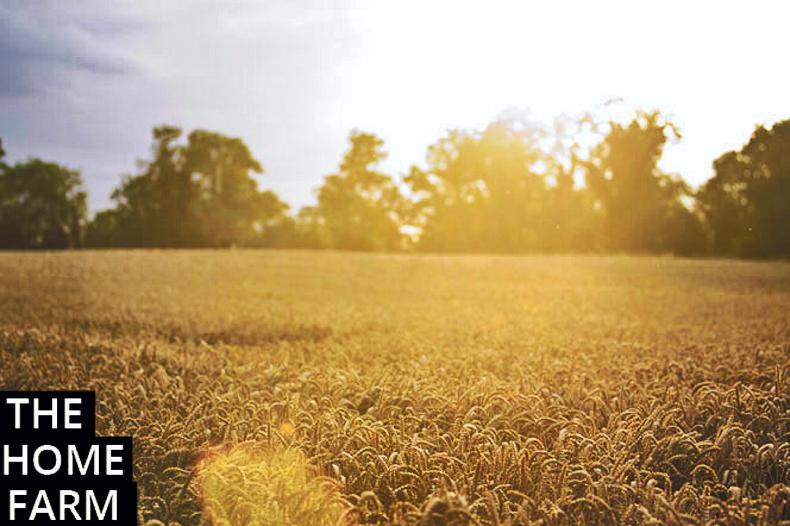Last week we had our first proper look to see how the crops came out of the winter.
For the last few years, I have enlisted a specialist help to complete my nutrient management plan as well as getting a useful second pair of eyes to assess the crops and their likely needs.
During these visits, I am always conscious that Irish cereal yields – wheat, barley and oats – are among the highest in the world, and that we have a responsibiliy to enable our land to fulfill its potential.
But anyway broadly, as we looked at each crop we decided that all going well the 2023 harvest had the potential to yield well. But timing and knowledge are both important.
Infestation
The charlock weed infestation in the Clearfield Oilseed Rape has been well controlled and we took advantage of the fine weather at the beginning of this week to apply herbicide to what we had been unable to get to during the autumn and early winter.
From a weed control point of view, we are now up-to-date, but we are still holding back from applying any fertiliser.
We have protected urea with sulphur ready to go but we will wait a while yet while the seed for the beans has been delivered. On our rounds we crossed over the oats.
Natural suppressant
I had been told that oats naturally secretes a weed suppressant, but never have I seen it as evident as this year.
The crop has had no herbicide applied to it, but there is hardly a trace of germinating weed. This is remarkable, especially when compared with the population of contaminating seedlings in the wheat and barley. Pity we can’t transfer such natural resistance.
On the cattle side, we have begun grazing light stores by day - they are doing very little damage and come in easily for their evening feed of silage. This time of the year anything can happen with the weather, so it’s some way off before we can say that they are out night and day.






 This is a subscriber-only article
This is a subscriber-only article










SHARING OPTIONS: